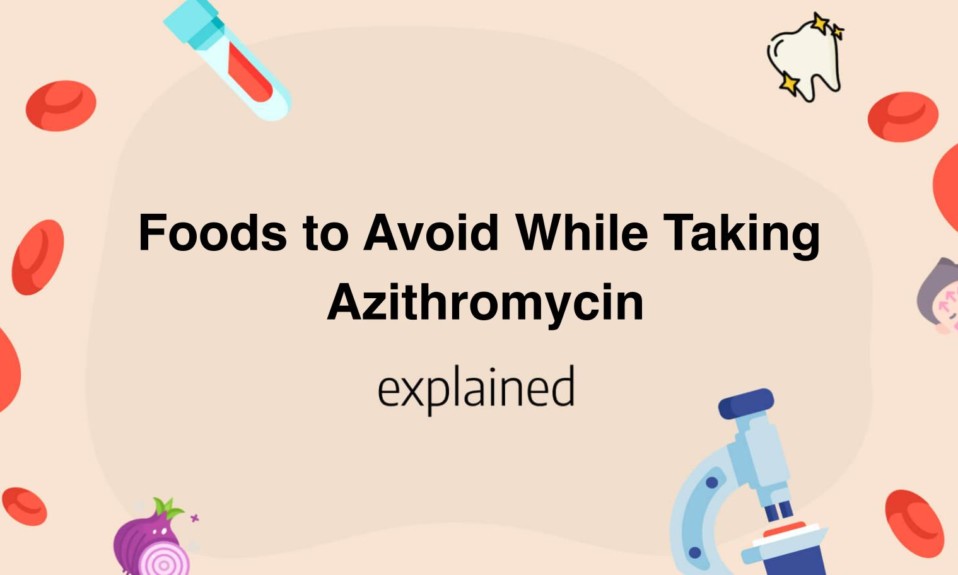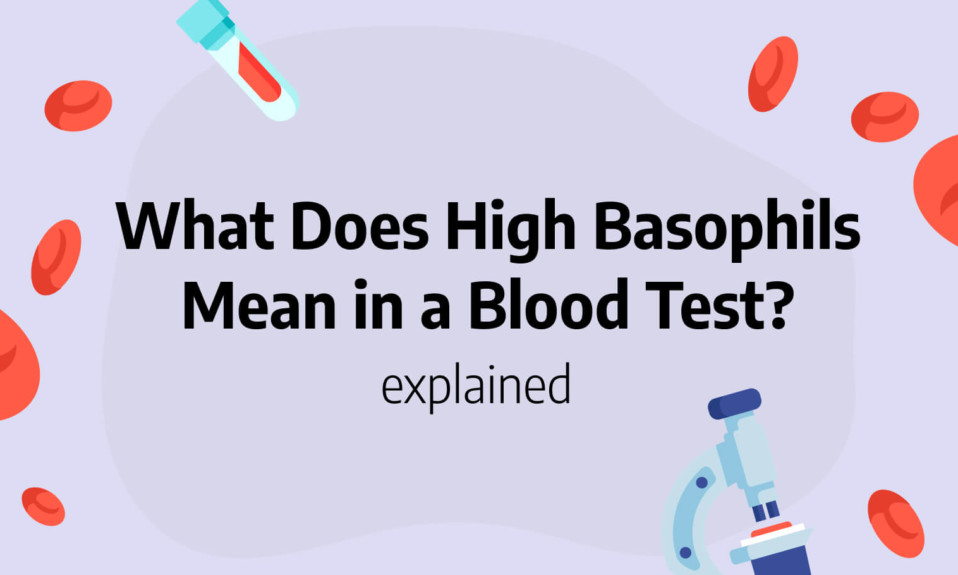If you or someone you know has a peanut allergy, you’re not alone.
Peanut allergies affect millions of people worldwide, making them one of the most common food allergies.
But why are peanut allergies so common? The answer lies in the complex interactions between genetics, the immune system, and environmental factors.
In this article, we’ll explore the latest research on peanut allergies and what you can do to help manage this increasingly prevalent condition.
- The increase in peanut allergies could be attributed to the delayed introduction of peanuts as an infant food.
- Another factor is the increased use of peanuts in processed foods.
- Environmental factors, such as pollution and changes in the gut microbiome, could also play a role.
- There may also be a genetic component to peanut allergies.
- More research is needed to fully understand why peanut allergies are becoming more common.
Why Are Peanut Allergies So Common
Peanut allergies are becoming increasingly common today.
In fact, they are the most common cause of food-related anaphylaxis and are responsible for a significant number of emergency room visits each year.
The question is, why? One theory is that we have simply become more aware of food allergies and are better equipped to diagnose them.
However, this does not seem to explain the significant increase in peanut allergies in recent years.
Researchers have found a few possible reasons for this trend.
Firstly, the timing of peanut introduction into a child’s diet may play a role in the development of an allergy.
The American Academy of Pediatrics used to recommend delaying the introduction of peanuts into a child’s diet until they were three years old.
However, recent studies have shown that early introduction (between 4-6 months) can actually reduce the risk of developing a peanut allergy.
This could explain why countries where peanuts are introduced early in a child’s life (such as Israel) have a significantly lower prevalence of peanut allergies than countries where peanuts are introduced later.
Another theory is related to the way peanuts are processed and consumed.
Roasting and grinding peanuts can create a fine dust that can be inhaled into the lungs and cause sensitization to the peanut protein.
Additionally, peanut butter has become a staple in many kids’ diets, which means that they are consuming significant amounts of peanut protein at a young age.
This overconsumption could lead to an increased risk of developing an allergy.
Finally, recent research has shown that a lack of exposure to germs and parasites early in life (known as the hygiene hypothesis) can lead to an overactive immune system, which may be more prone to developing allergies.
This could be particularly relevant for children who grow up in ultra-clean environments or are born via C-section rather than vaginal birth.
In conclusion, peanut allergies are becoming increasingly common for a variety of reasons, including delayed introduction, overconsumption, and a lack of early exposure to germs and parasites.
While there is still much that researchers do not yet understand about food allergies, it is clear that early introduction and moderation are key factors in reducing the risk of developing a peanut allergy.
Peanut allergies: causes and symptoms
Peanut allergies are one of the most common food allergies in both adults and children.
The allergy occurs when the body mistakenly identifies proteins found in peanuts as harmful and triggers an immune response.
Symptoms of a peanut allergy can range from mild to severe and may include hives, itching, swelling of the lips, tongue, and throat, difficulty breathing, abdominal pain, vomiting, and in extreme cases – life-threatening anaphylaxis.
It is essential to get tested for peanut allergies if you experience any of these symptoms after eating peanuts or peanut-containing products.
The causes of peanut allergies aren’t precisely known, but research suggests genetic and environmental factors play a role.
Children with a family history of allergies are at higher risk of developing peanut allergies.
Also, exposure to peanuts during infancy may increase the risk of developing an allergy.
It is crucial to note that the American Academy of Pediatrics no longer recommends delaying the introduction of peanuts to infants to avoid allergies.
Instead, it suggests introducing peanuts in small amounts when the baby is between four to six months of age, but under the guidance of a pediatrician.
Avoiding peanuts and products made with peanuts is the primary treatment for peanut allergies.
However, this can be challenging as peanuts and peanut-containing products are ubiquitous in the food industry.
Always read food labels and ask about ingredients in restaurants before ordering.
Those with severe peanut allergies should carry epinephrine pens to use in case of accidental exposure.
In summary, peanut allergies are a serious health concern that requires attention and caution.
Be aware of the symptoms of a peanut allergy and seek medical attention if needed.
Don’t forget to check food labels for peanut ingredients and always carry epinephrine if necessary.
With proper care and attention, those with peanut allergies can live a healthy and happy life.
Peanut allergy statistics and prevalence
Peanut allergy is one of the most prevalent food allergies worldwide, with an estimated 1 to 2 percent of children and approximately half of these children carrying the allergy into adulthood.
According to a study by the National Institute of Allergy and Infectious Diseases, there was an 18 percent increase in peanut allergy cases from 1997 to 2008.
- The data also revealed that peanut allergy had become 6 times more prevalent in 2008 compared to 1997.
- In the United States alone, it is estimated that about 3 million people are affected by the condition.
Peanuts are among the most common foods that cause allergic reactions, and they can cause severe and sometimes fatal reactions if ingested.
Symptoms of peanut allergy can range from mild to severe and include itchiness, swelling, hives, tingling in the mouth or throat, and difficulty breathing.
In some cases, peanut allergy can lead to anaphylaxis, a potentially life-threatening reaction that requires immediate medical attention.
The prevalence of peanut allergy has resulted in increased awareness and precautions in many schools and public places.
Some schools have implemented peanut-free policies, requiring students to bring nut-free snacks and lunches to avoid triggering allergic reactions in their classmates.
Many companies are now including labels on their products, which specify if they contain nuts or have been processed in a facility that also processes nuts to enable consumers to make informed decisions.
In conclusion, peanut allergy is a common and serious condition across the world.
The prevalence of the condition has increased in recent decades, and it is important to take necessary precautions when dealing with peanuts to prevent allergic reactions.
Education on the topic is widespread, with peanut-free policies becoming more common and food labeling practices improving.
It is necessary to remain alert to the signs of peanut allergies and have an emergency action plan in place.

Understanding peanut allergy testing methods
Peanut allergies are a type of food allergy that can cause severe reactions ranging from mild rashes and hives to life-threatening anaphylaxis.
To diagnose a peanut allergy, a healthcare provider will assess a person’s medical history and perform allergy testing.
There are several types of allergy tests, including skin prick tests, blood tests and oral food challenges.
Skin prick tests are the most common type of allergy test used to diagnose a peanut allergy.
During this test, a small amount of peanut extract is placed on the skin of the forearm or back, and the skin is then pricked with a sterile needle.
If a person is allergic to peanuts, they will develop a raised bump at the site of the prick within 15-20 minutes.
Blood tests, on the other hand, measure the amount of peanut-specific antibodies in a person’s blood.
These antibodies are produced by the body’s immune system in response to exposure to peanuts.
One commonly used blood test for peanut allergy is the ImmunoCAP test, which measures the levels of peanut-specific IgE antibodies in the blood.
Oral food challenges are used when a skin prick test or blood test is inconclusive.
During this test, a small amount of peanuts is given to the person under medical supervision, and they are monitored closely for any signs of an allergic reaction.
This test is usually done in a hospital or clinic setting, where emergency medical care is readily available.
In conclusion, peanut allergies can be diagnosed using a variety of testing methods, including skin prick tests, blood tests and oral food challenges.
It’s important to work with a healthcare provider to determine the best testing approach based on individual needs and medical history.
Being aware of any potential peanut allergies can be crucial to avoiding severe reactions, and allows individuals to make informed decisions about what they eat.
You’ll also like: Foods to Avoid While Taking Amox Clav
Prevention of peanut allergy in children
Peanut allergy is one of the most common food allergies in children, and it can cause serious health problems such as anaphylaxis.
However, the good news is that peanut allergy can be prevented, especially in children who are at high risk for developing the allergy.
One of the most effective prevention strategies is early introduction of peanuts into a child’s diet.
A landmark study conducted in the UK called the Learning Early About Peanut Allergy (LEAP) Study found that children at high risk of developing peanut allergies had a significantly lower risk of developing the allergy if they were introduced to peanuts early.
This study led to a change in guidelines by health organizations such as the American Academy of Pediatrics and the National Institute of Allergy and Infectious Diseases, which now recommend introducing peanuts into a child’s diet as early as 4-6 months of age.
Along with early introduction, there are other prevention strategies that parents and caregivers can follow:
- Avoiding peanut products during pregnancy and breastfeeding if there is a family history of peanut allergy
- Avoiding exposing children to peanuts and peanut products in the first few years of life if they are at high risk of developing peanut allergy
- Reading food labels carefully and avoiding foods that contain peanuts or peanut products
It is important to note that introducing peanuts early is not recommended for children who have already developed a peanut allergy or have severe eczema or egg allergy.
In these cases, parents should consult with their child’s healthcare provider before introducing peanuts into their child’s diet.
Preventing peanut allergy in children requires a multi-faceted approach, but early introduction of peanuts is a crucial and effective first step that parents and caregivers can take to protect their children from developing this allergy.
With proper prevention measures in place, children can lead healthy, peanut-allergy-free lives.
Read also: Foods to Avoid While Taking Amoxicillin
Effects of peanut consumption on the immune system
Peanuts have been a topic of discussion when it comes to their effects on the immune system.
Studies have shown that regular consumption of peanuts can improve immune system function.
Peanuts contain high levels of essential nutrients such as vitamin E, magnesium, and fiber that are beneficial to the immune system.
Vitamin E is known to improve immune function because it acts as an antioxidant that helps protect cells from damage.
Magnesium is needed for the proper functioning of immune cells such as T and B cells.
Fiber, on the other hand, helps promote the growth of beneficial gut bacteria that aids in immune system function.
In addition to the essential nutrients present in peanuts, they also contain phytochemicals that support the immune system.
These phytochemicals include resveratrol, flavonoids, and phytosterols.
Resveratrol is known for its anti-inflammatory and antioxidant effects that are beneficial to the immune system.
Flavonoids, on the other hand, have been shown to help modulate the immune system response by reducing inflammation.
Phytosterols may also help to improve immune function by reducing inflammation and oxidation.
Consuming peanuts in moderation can also help to lower the risk of chronic diseases such as heart disease and type 2 diabetes.
These chronic diseases have been linked to a compromised immune system, so keeping them at bay can also contribute to improved immune function.
It is important to note that while peanuts can provide numerous benefits to the immune system, people with peanut allergies should avoid them at all costs.
Even small amounts of peanuts can trigger severe allergic reactions that can be life-threatening.
In conclusion, regular consumption of peanuts can benefit the immune system by providing essential nutrients and phytochemicals that support immune function.
However, anyone with a peanut allergy should avoid them to prevent severe allergic reactions.
Moreover, incorporating peanuts into a balanced diet can also help to lower the risk of chronic diseases that have been linked to compromised immune function.
Read also:










